Tack & Farm
Our Tack & Farm section features an Apparel section to find both practical and fashionable riding attire. If you ride English & Western or Race, many sources are available in the Tack section.
Building a barn? Need an architect for your equine dream home? Find one in Barns & Stalls.
Have a hungry horse? Of course you do! Find a place to buy your feed and tuck your horse in at night in the Bedding & Feed section. Looking for a place to keep your horse? You can find it in the Horse Boarding section. Keep your horse happy and beautiful with resources in our Grooming section.
Traveling? Find a Shipping company or Horse Sitting service if your horse is staying home!
Running and maintaining a farm or stable is a continuous effort, and to help find products or tools you need, please see our Equipment, Fencing and Management Tools sections.
Seeking Services? Find financial and tax expertise in our Accounting section. Companies who will help protect your investment are found in the Insurance section. For those who want legal advice about purchasing, liability, and other issues, please look at the Equine Law section to find an expert. Build and promote your business with teams from Marketing / Videography / Web Design.
Do we need to add more? Please use the useful feedback link and let us know!

by Nikki Alvin-Smith for Horizon Structures
The idea of building two barns instead of one to develop your horse business is double the fun and double the pleasure, especially when it comes to building farm income. While obviously the capital outlay is doubled, so is the opportunity to build a diverse business portfolio. This inherent diversity can help assuage any downturns in the marketplace and also provides the initiative to maximize sales in areas that are trending upward in popularity.
To best understand the benefits of how the expense of the enterprise is optimally leveraged it is well worth consulting an accountant experienced in farm business operations. Between amortization and depreciation, possible interest deductions on financing costs or tax credits for school or local taxes, the financial spin on the initial capital outlay can make the dual barn project viable.
Additional benefits of the dual barn system are flexibility within annual business planning, ‘on hand’ enthusiastic help availability and educational event opportunities that can be held to garner business income.
The practice of larger horse farms operating both a lesson/boarding horse barn and another structure to house their own private horses used for show/breeding/sale or for horses coming in for training is not an uncommon occurrence. There are good reasons why this is a great idea and with some entrepreneurial spirit at the ready, many horse property owners can enjoy great success building an equestrian business.
The structures at the facility, their design for fit, form and functionality constitute the major expense in the farm project development.
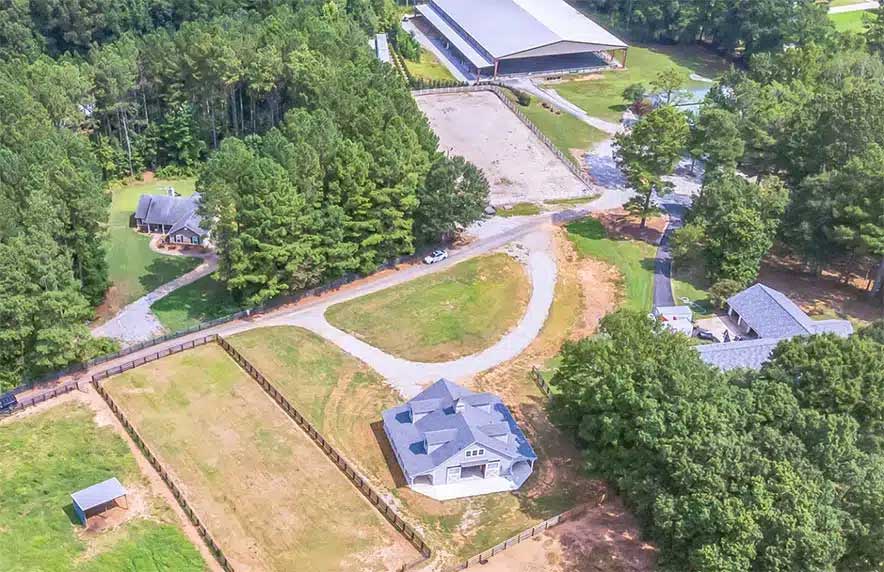
Here are of the pros for opting to build two barns instead of just one. And remember, the barns don’t have to be identical. Barns come in a myriad of designs and price points. Today’s popular modular construction offers endless possibilities for complementary styles. The bounty of options in siding/roofing/colors and configurations in these almost ‘instant’ set up structures that are quickly on hand facilitate the chance to get busy building up business quickly. Let’s take a look:
- Two business income streams and two different brands can be devised that offer marketing across two entities that can cross promote and market services.
- Flexibility in business planning and income and expense management.
- Mitigates liability and accident risks.
- Offers better time management opportunity for owners/trainers/staff.
- Provides options for different caregiving practices and schedules at each barn.
- Potential labor resource for private use barn with enthusiastic local equestrians keen to improve their talents/income.
- Helps defray likelihood of profit reductions due to a one-line business model experiencing interruption due to issues such as disease outbreaks or market changes.
- Provides privacy and security for owner’s private horses, clientele, and business.
- Offers suitability in structure design for different purposes for each build.
Cross-pollinating between the two business enterprises and cross-marketing can elevate the exposure and profit for both. For example, this could be in the form of semester-based lesson programs that include educational visits to the private barn on a schedule of events designed around elevating the boarder/student experience. Such events can yield additional income and brand loyalty and provide added value to those clients.
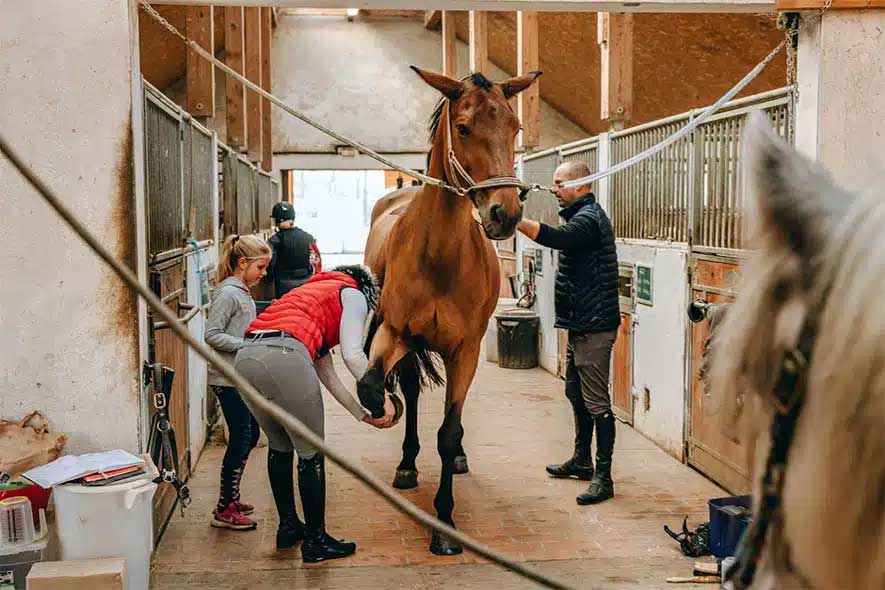
Managing each barn on a separate basis gives the opportunity to choose different product lines, feedstuffs, care levels and hence labor expenses for each business entity.
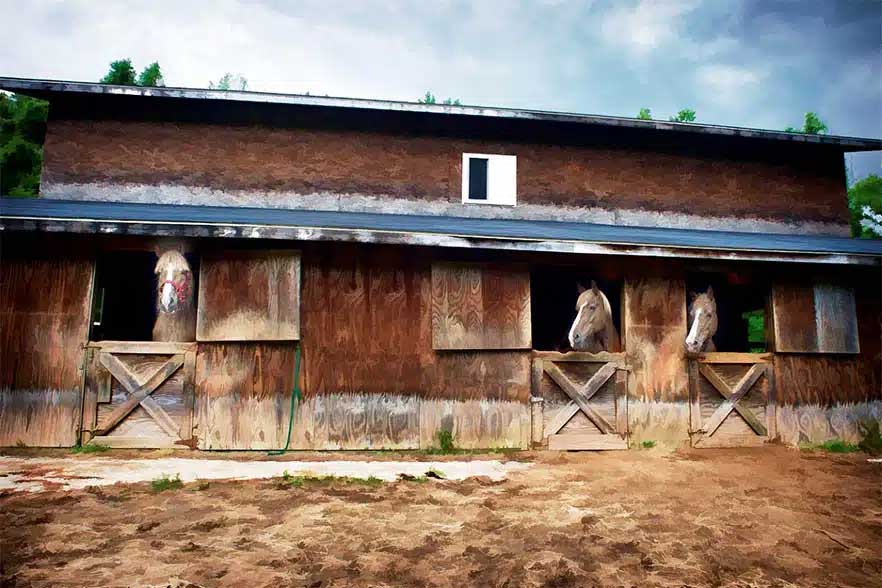
by Nikki Alvin-Smith for Horizon Structures
Despite taking every type of precaution to save a structure from destruction, the forces of nature are sometimes too powerful for any building, no matter how well constructed, to withstand.
Fire, wind, rain, and snow can cause major damage to a horse barn rendering it unusable. Despite taking every type of precaution to save a structure from destruction, the forces of nature are sometimes too powerful for any building, no matter how well constructed, to withstand.
There are many resources available online that address disaster preparedness for horse owners and recovery procedures following a calamity such as a hurricane, tornado, or fire. Check out salient advice from the folks at Texas A &M Agrilife Extension on methods to decontaminate pastures and property after flooding, clear debris and dead animal carcasses and Colorado State University Extension guidelines for wildfire preparedness.
When a region is hit by a major event such as a massive fire burning out of control or a tornado rips through a neighborhood, emergency services are activated along with lots of press coverage and helping hands. This invaluable aid often orchestrated by the government helps displaced residents and their animals find shelter elsewhere.
But many cases of catastrophic damage to the horse barn are not caused by hazardous weather events that impact a large geographical region. In the case of a barn fire or barn roof collapse there are minimal resources on hand to address issues such as temporary horse housing needed or people on hand offering to help. The horse owner is left to navigate the road to recovery alone.
Here are a few tips to help guide the property owner through the process.
Immediate Needs First
While the insurance company (hopefully the structure was insured), will send their insurance adjuster out to the site to liaise with the relevant authorities such as fire investigators or local building inspectors, the horses that were on site will need a safe haven where their well-being and medical needs can be addressed.
In most cases the horses won’t require the high level of medical attention and care that a veterinary hospital provides but will need some professional care and management. Just like humans, animals can suffer from post-traumatic stress disorder {PTSD} following a painful or scary event. Equines suffering from this condition may display colic, aggression or erratic mood changes and their immune system may be compromised due to the stress.
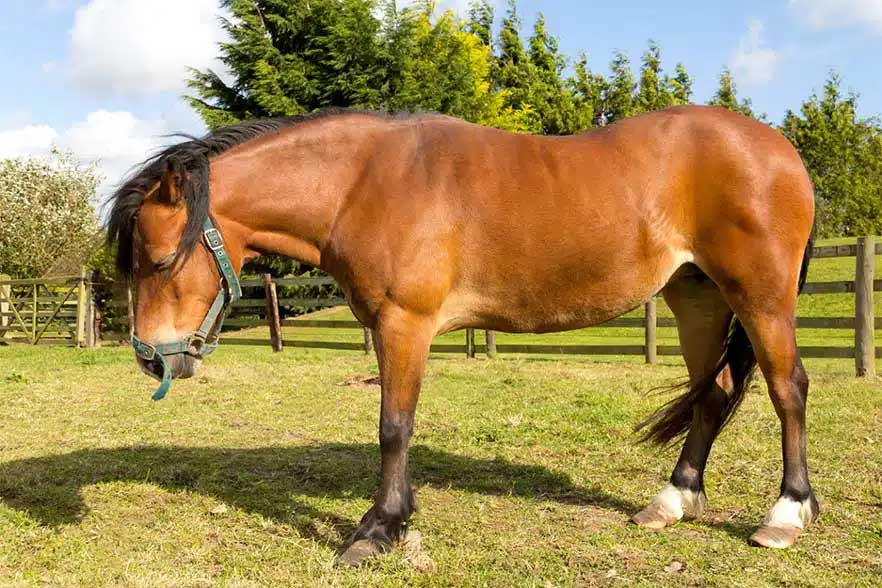
It is important that horses that are moved from their home location are monitored closely for any signs of health issues following a catastrophic event. Smoke inhalation, lameness issues or eye injuries along with PTSD are not always obvious at first glance. For this reason, wherever the horses find a soft landing, it is prudent to try and keep a weather eye on them hopefully by those that know them best.
The horse community is full of people willing to lend a hand in case of emergency needs, but they have to know there is a need to respond. Without the media coverage a major disaster generates the only way to spread word of your need is to take it upon yourself. Professional equestrian colleagues and horsey friends, your soft circle, is a great place to ask for help. Social media is a good way to spread the word of the catastrophic event and to seek locations for stabling needs. Social media platforms are also a logical place to request help funding your horses’ care needs if that is necessary.
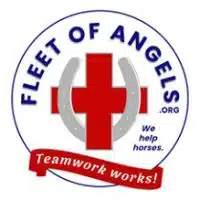
Fleet of Angels is a grass roots not for profit organization that was originally created to get more at-risk equines rescued and adopted by making transporting them more affordable. Now, Thousands of trailer owners, over 2300 layover hosts, over 500 quarantine providers, and hundreds of other service providers have joined our network. As a result, FOA has been able to help thousands of at-risk equines. Fleet of Angels has expanded its services to include providing emergency grants for 5000 +/- horses a year in response to natural disasters and other critical situations that put equine at serious risk.
More Info HERE
Read more: How To Manage Horse Barn Needs After Catastrophe Strikes
Equitopia joins up with Lisa Fay and Georgie Welge from Master Saddle Fitters International to demonstrate what to look for in a Professional saddle fitting. Don't forget - a correctly fitting saddle in integral to your horse's soundness.
Read more: Equitopia - What to Expect in a Saddle Fit Evaluation (5:16)
- Barn Design and Management Tips For Competition Horses
- Difficult Horses. Difficult Boarders
- To Fence or Not to Fence? That Is the Question
- The Art and Heart in Timber Frame Horse Barns and Pavilions
- Working Saddles for Working Horsemen
- Don Gonzales: Riding the Wave of Social Media
- Steve Mason: High Quality in High River
- Just One More Horse
- Clinton Hole: Finding a Niche
- Brandit Franco: Drifting No More
































